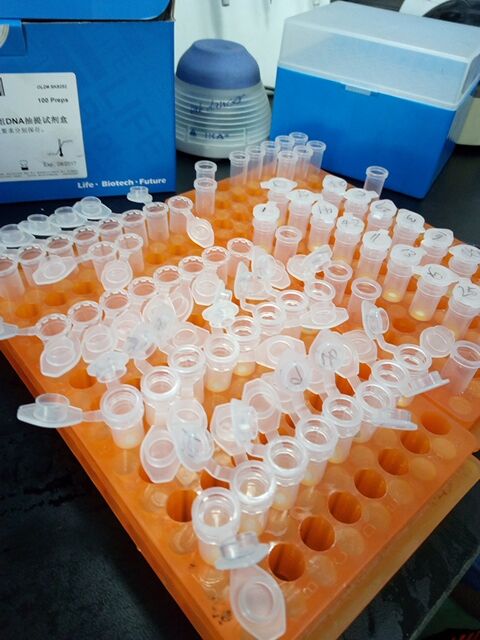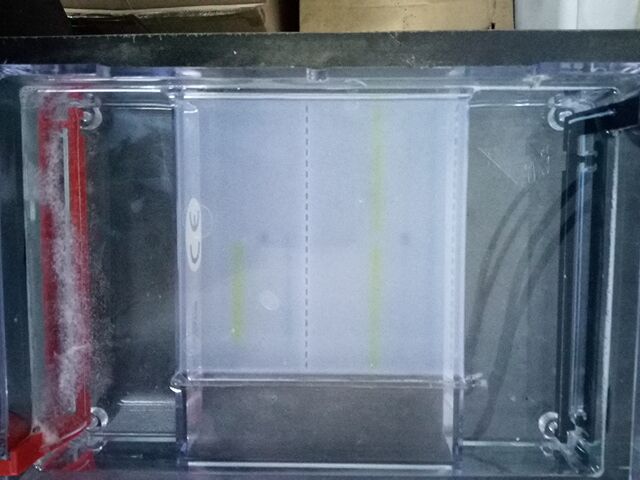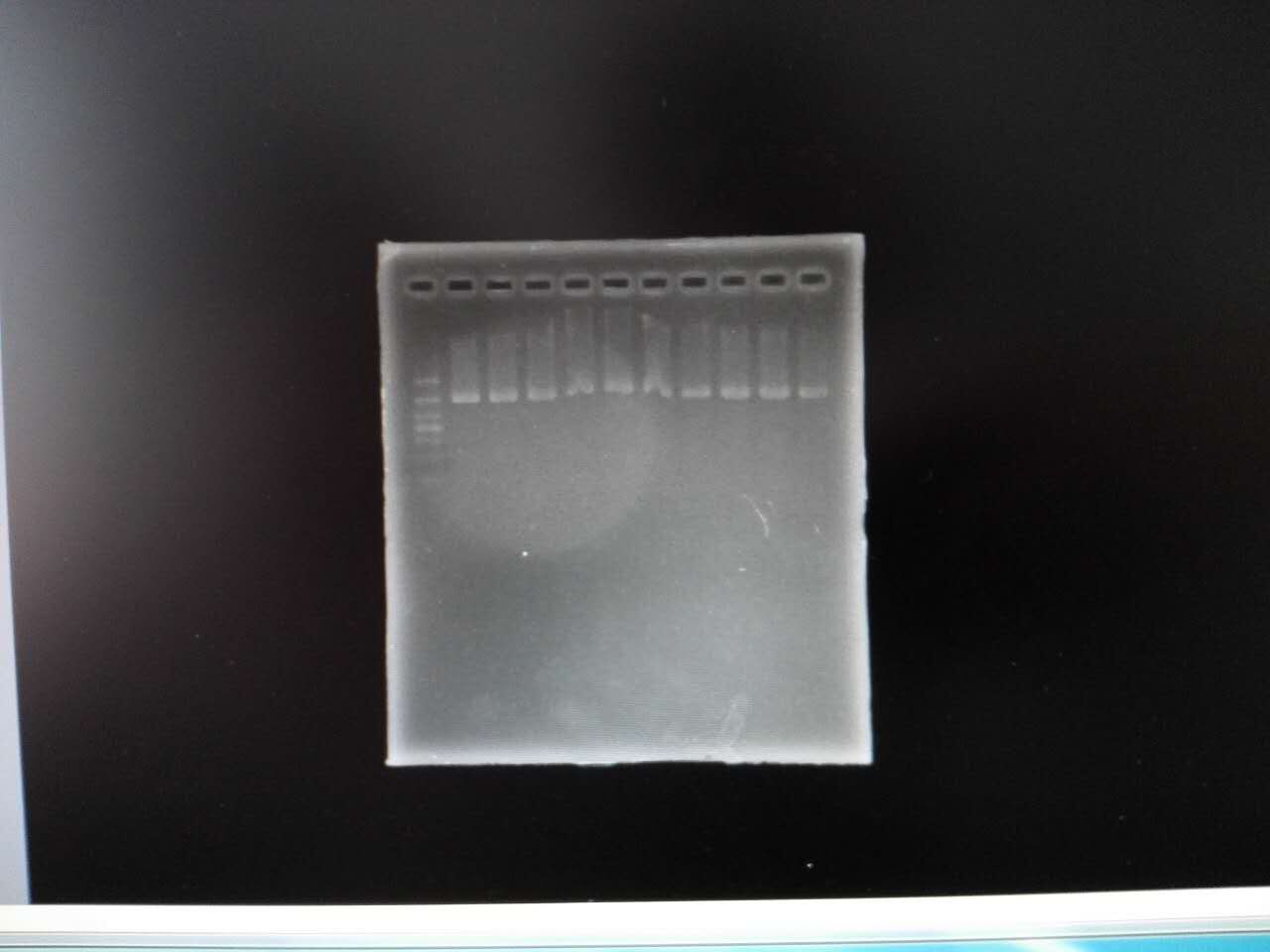Three days ago, bored with keep writing down uncountable unidentified spp., I decided to do this.
44 fish specimens including two eggs and 42 larvae were dissected for DNA extracting (Sangon DNA extract kit). All but one specimen were successfully amplified in the following PCR (TaKaRa LA Taq kit).
The PCR procedure contained three steps: 95°C for 5mins, 30 cycles with 95°C for 30s, 55°C for 30s, 72°C for 30s, and finally 72°C for 5mins. Primers as follow, forward: 5′-TCAACCAACCACAAAGACATTGGCAC, reverse: 5′-TAGACTTCTGGGTGGCCAAAGAATCA. The amplicon length is 628bp.
Results of Sanger sequencing returned yesterday. 42 of 43 sequences were identified at the species level, thanks to NCBI database (nblast).
DNA barcoding showed significant advances compared to morphology based identification. For example, Cyprinidae sp.1 sp.2 and sp.3 (pre-flexion stage, less than 10mm SL) were identified as Black carp(Mylopharyngodon piceus), Freshwater bream(Parabramis pekinensis) and Silver carp(Hypophthalmichthys molitrix) by DNA barcode, which was too scanty in morphological features for me to identify at the species level. I also failed to differentiate Eastern keelback mullet (Chelon affinis) from Soiuy mullet (Chelon haematocheila), both of which were flexion larvae, the DNA barcoding method fixed the leak.
Another four inappropriately preserved specimens were put into this trail one day later. Inappropriate preservation here I mean not immediately fixed by ethanol but by formalin at first and kept at room temperature for another three months. Failed, of course.


